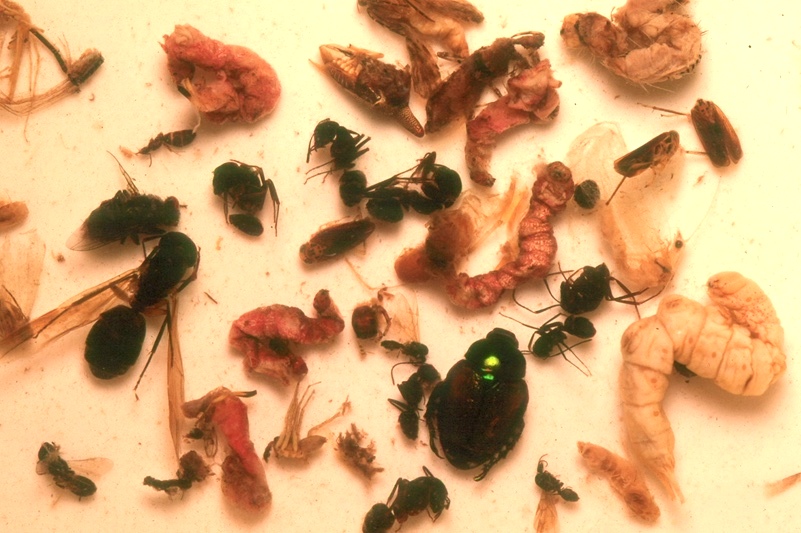by Chris Scalley
Cicadas, Hoppers and Beetles, Oh My!
By September, Chattahoochee trout have been feeding all summer on June bugs, Japanese beetles, grasshoppers, crickets, caterpillars and ants. Although these are land based insects, keep in mind there are miles of shoreline along the river where these hapless bugs fall from the overhanging flora. September seems to be that special time on the Hooch when this feeding behavior among brown and rainbow trout is consistent and voracious. Perhaps the terrestrial insect populations are at their peak in early fall, and the fish really key in on this bonanza smorgasbord.
Regardles
Surface flies should be big and bulky ranging in hook sizes from #12 up to #6 built with tying materials such as deer hair and or closed cell foam for maximum buoyancy. Then drop either wet or dry fly patterns again to increase odds of strikes and also to prospect different colors, sizes and shapes. With dry fly terrestrial angling, leaders should be longer in a 10 to 12 foot length fluorocarbon heavily greased with floatant dry fly dressing for maximum buoyancy and stealth. Please pinch your barbs as these explosive terrestrial strikes can be violent with hook sets often deeper within the trout’s mouth.
